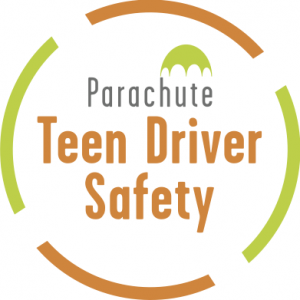Put down the phone: Don’t drive distracted
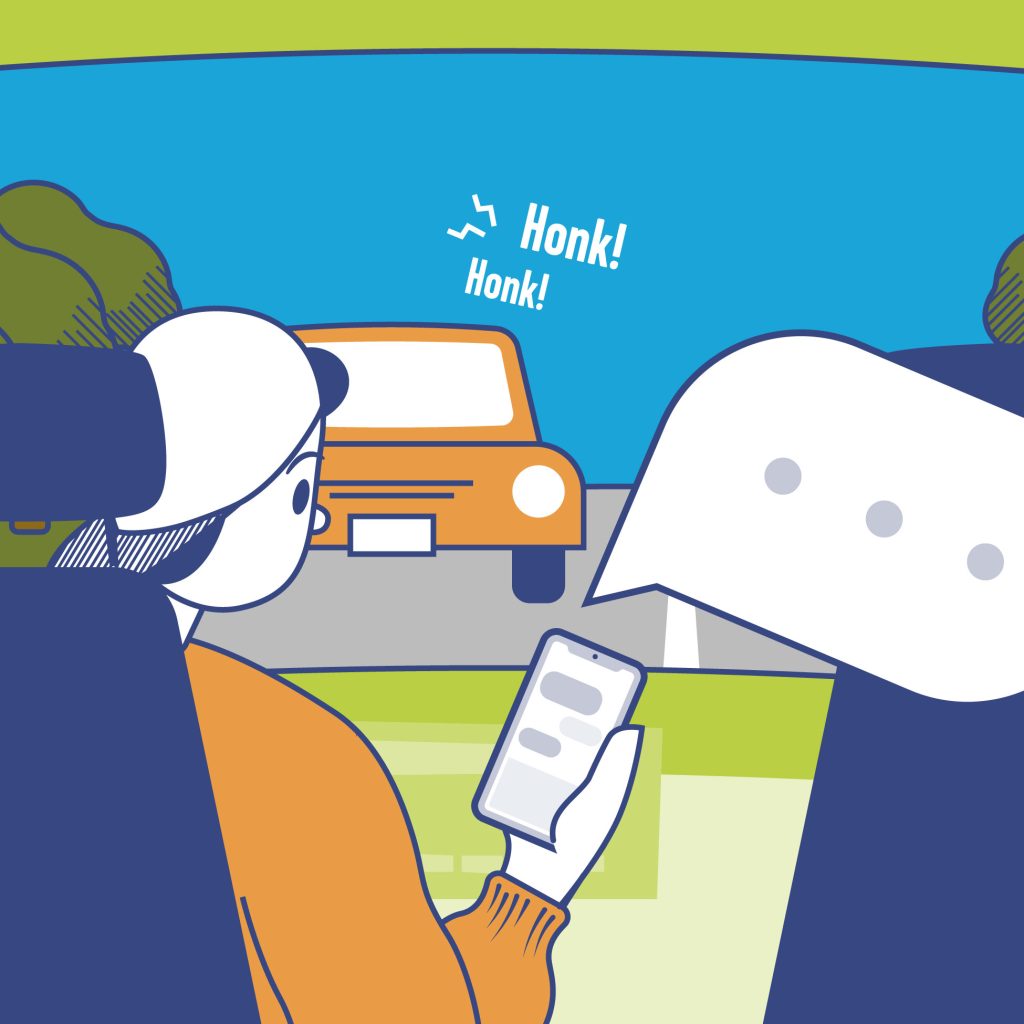
- Drivers who text while driving are up to six times more likely to be involved in a crash. Eyes on the road. That message can wait. Don’t drive distracted.
- When you use your cell phone, your eyes are not on the road and you miss seeing information needed to drive safely. Don’t put yourself or others at risk; keep your focus on the road.
- Remove the temptation by keeping your phone out of reach while driving.
- Phones aren’t the only thing that can distract you when you’re driving. Other distractions include in-car touchscreens, eating, passengers, and pets.
Higher speeds = higher risks. Stop speeding
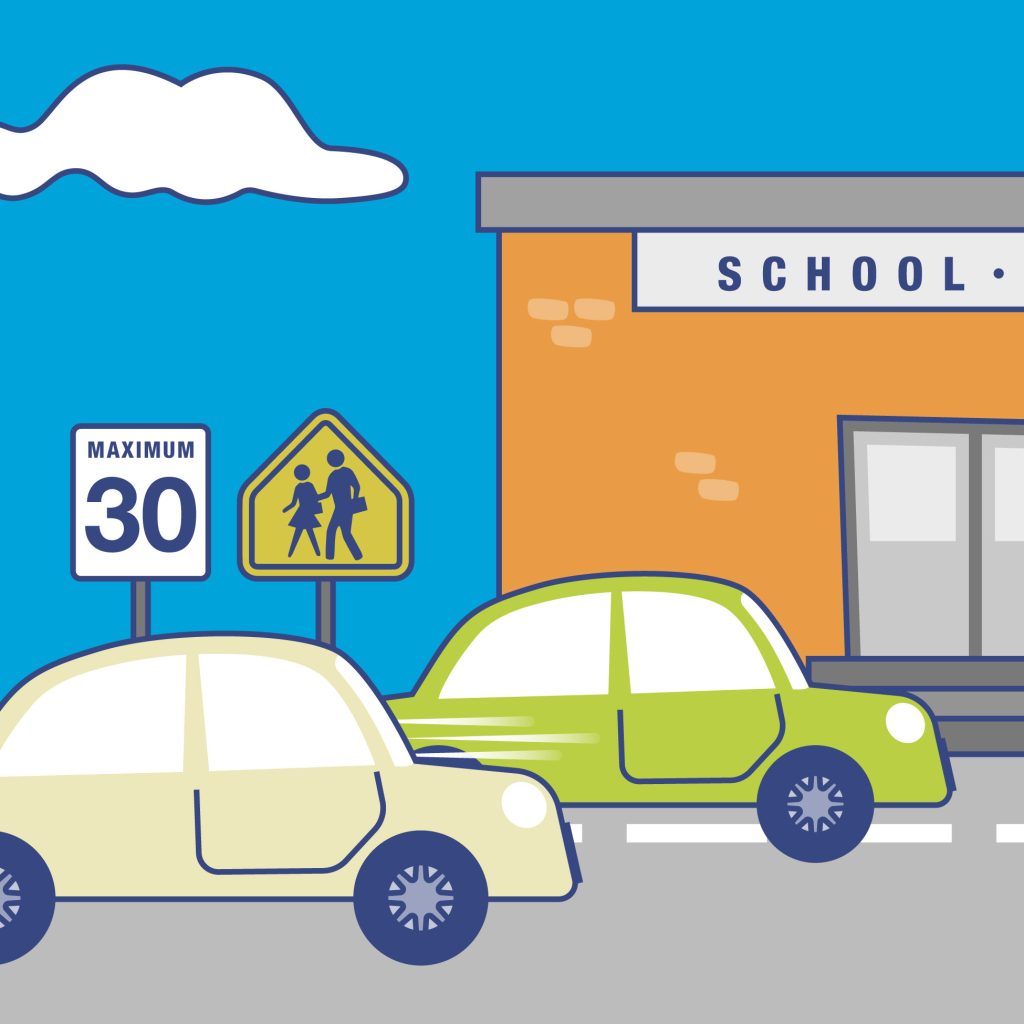
People choose to speed for different reasons, including the rush experienced when speeding, because they’re running late, or because they think the speed limit is too low. Here’s why speeding is a bad idea, whatever your reason:
- Speeding is a factor in one third of teen driver deaths in Canada. Don’t risk your life just for the thrill of driving faster than the limit.
- 25 per cent of deadly car crashes in Canada involve speeding. Don’t contribute to the statistic.
- Teens are more likely to speed when other teens are with them in the vehicle. Don’t put the lives of your friends and loved ones at risk by speeding.
- Speeding increases crash risk due to decreased reaction time, longer time to stop and decreased ability to steer safely around obstacles on the road. The faster your speed, the more likely you are to be involved in a crash.
- Crashes at higher speeds cause more severe injuries than crashes at lower speeds.
- Speed kills. With each increase of 1 km/h, the risk of pedestrian fatality and serious injury during a collision increases. At 50 km/h impact, the risk of a pedestrian dying is 29 per cent: almost six times what it is at 30 km/h.
- Speed limits are put in place for a reason: follow posted limits.
- Adjust your speed to match the conditions of the road. Open or empty roads are not an invitation to speed.
- Keep your community safe. Lower your speed to protect vulnerable road users in school zones, community safety zones and construction zones.
- Speeding is not just risky, it’s illegal. You could end up paying a fine, face criminal charges, lose your licence or go to jail.
Don’t drive high
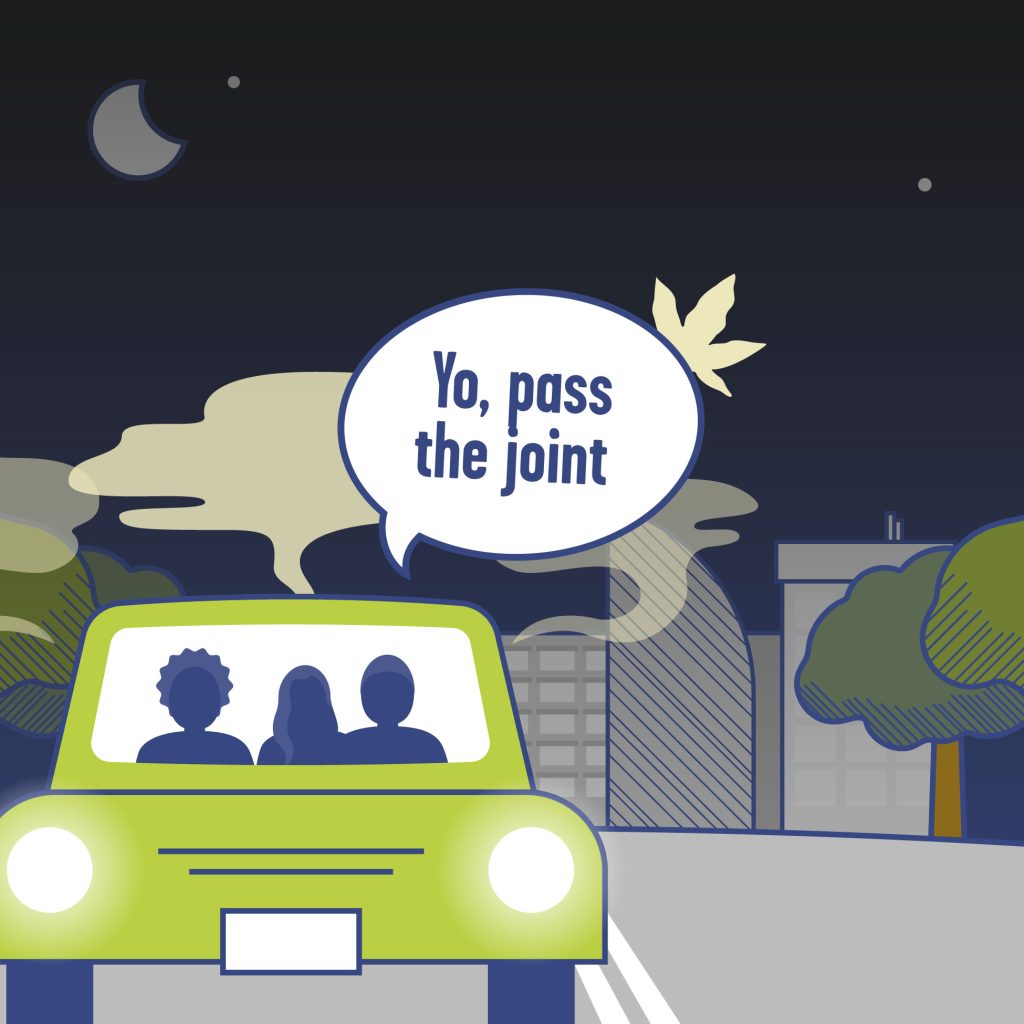
- Cannabis impairs your ability to drive by affecting your balance and co-ordination, motor skills, attention, judgment, reaction time and decision-making skills. Don’t risk your life or the lives of others by driving high.
- 19 per cent of youth ages 16 to 19 have said they have driven within two hours of using cannabis. Don’t risk your life or the lives of others: never drive high.
- 35 per cent of youth have been a passenger with a driver who used cannabis in the previous four hours. Don’t put your life at risk; never get in the car with a drug-impaired driver.
- Driving high is never worth losing your life or putting others’ lives at risk. Make arrangements to get home safe with a friend, family member, cab or rideshare. This decision could save your life.
If you drink, don’t drive
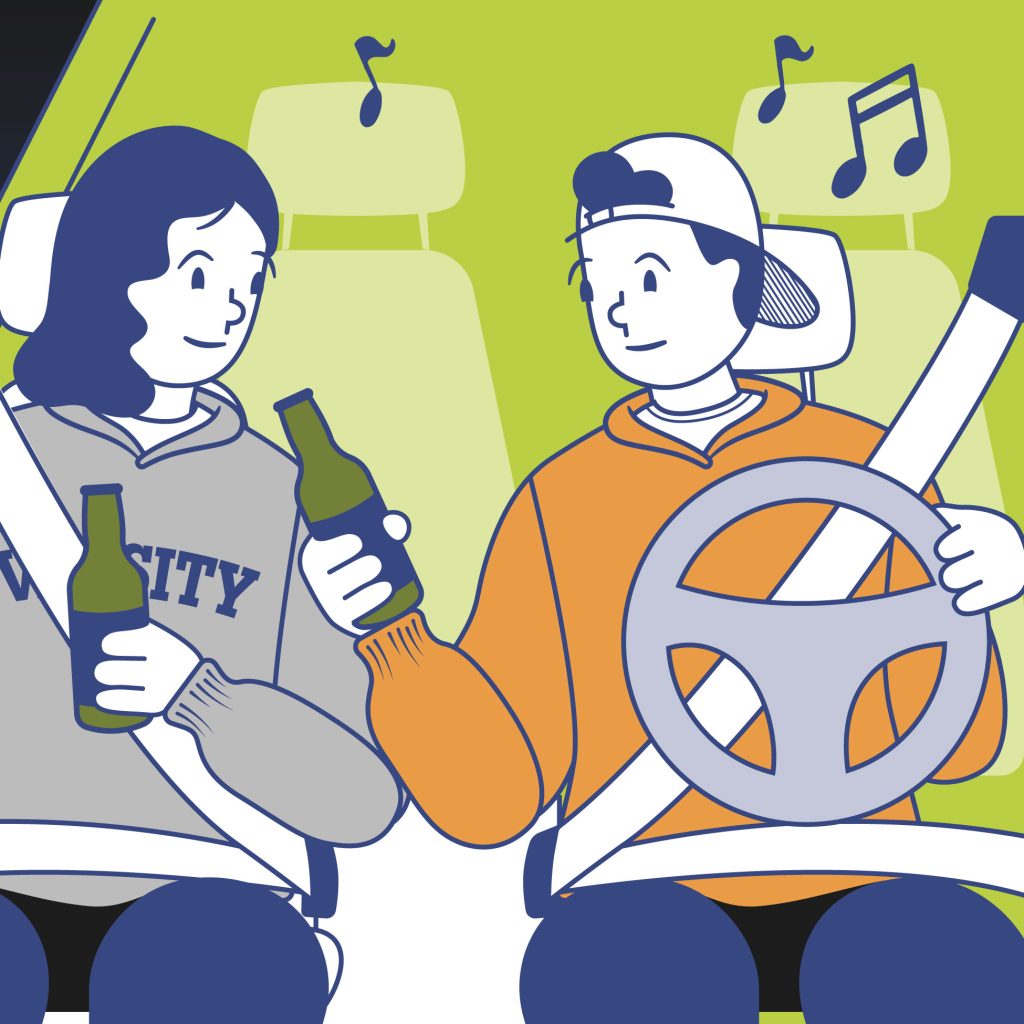
- Motor vehicle crashes are the third-leading cause of death among 16 to 25 year-olds, and alcohol is a factor in almost half of those crashes. It’s not worth risking your life; stay sober behind the wheel.
- When you drink and drive, you not only put your own life at risk, but the lives of others too. If you’re going to drink, don’t drive.
- One-third of Canadians who say they’ve driven impaired do most of their drinking with close friends, partners or family members. Speak up; tell your friends and family members it isn’t cool to drink and drive.
- Plan ahead if you or friends are planning to drink. Make sure you have a designated driver, a lift from a friend or family member, a plan to call a cab or ride service, or take public transit.
- If you are going to drink at a remote location with limited transportation options, make a plan to get home with friends or ask your host if you can stay over. Always have a plan: never drive home impaired.
Stay off railway tracks. Be rail smart.
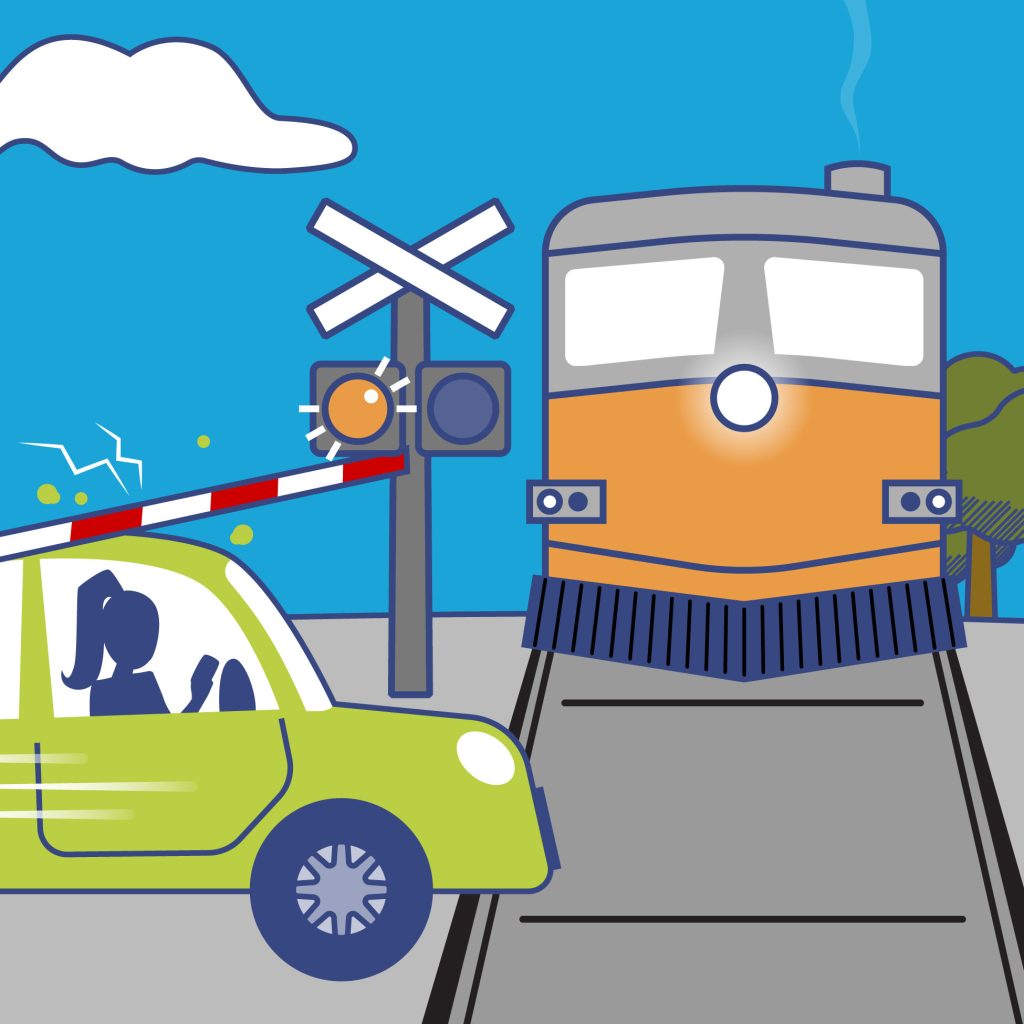
- Saw the text, but did you see the train? Don’t put yourself or others at risk; keep your focus on the train track.
- Because of their size, trains appear to be much farther away and travelling much slower than their actual speed. Don’t be fooled!
- Trains do not always run on schedule. They can run at any time, on any track and come from either direction.
- Tunnels, bridges, and trestles are designed only for trains. Taking a shortcut across the tracks or being on railway property is illegal, and trespassers can be seriously injured or killed.
- Stopped railway cars can move at any time. If you’re on one or near one when it moves, you could lose a limb — or worse, your life.
- Trains can carry loads that are wider than the railroad cars themselves. They can have chains, straps or other equipment that may extend outside the car. If you are standing too close, you could get hit.
